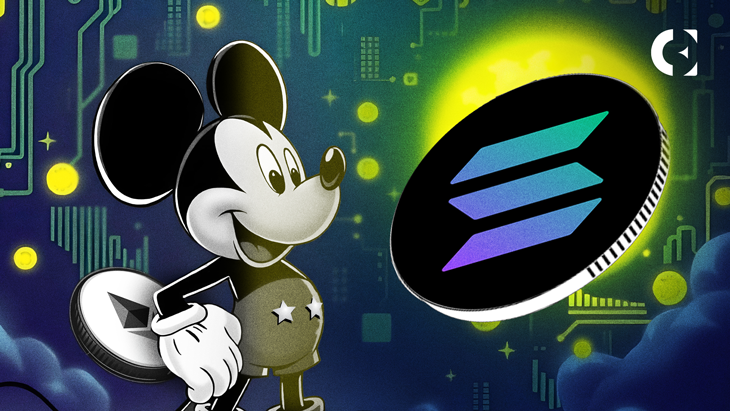Ethereum, once the undisputed leader in the blockchain space, has faced significant challenges recently. With the emergence of new, more efficient networks, its dominance is being questioned. At the forefront of this shift is Solana, a blockchain renowned for its exceptional throughput capabilities. As Ethereum struggles to keep up, Solana’s technical prowess is leading to a significant reallocation of developer and user interest. This transition is not just about speed but about the future of decentralized finance (DeFi) and the broader crypto ecosystem.
Solana’s Edge: Speed and Scalability
Solana’s architecture allows it to process a vastly higher number of transactions per second (TPS) compared to Ethereum. While Ethereum’s network can manage around 30 TPS, Solana boasts a capacity of over 50,000 TPS. This massive difference in throughput is a game-changer, especially as decentralized applications (dApps) and DeFi protocols demand faster and more scalable solutions.
The high fees and slower processing times on Ethereum have driven developers and projects to seek alternatives. Solana, with its low fees and rapid transaction times, has become the preferred choice for many. This shift is evident as Solana’s ecosystem continues to expand, attracting top-tier projects and fostering innovation.
Meeky Mouse (MEEK): Riding the Wave of Solana’s Success
Amidst this technological shift, the Meeky Mouse memecoin is making waves. Positioned on the Solana network, MEEK is capitalizing on Solana’s superior infrastructure to deliver a seamless and engaging user experience. Unlike many other memecoins, which often rely on hype alone, Meeky Mouse is backed by a robust and scalable platform. This has allowed it to gain traction quickly, attracting a dedicated community of supporters.
Meeky Mouse’s success is a testament to the power of building on a strong foundation. By leveraging Solana’s capabilities, MEEK has positioned itself as a frontrunner in the memecoin space, offering users not just the novelty of a meme-based token but also the reliability of a high-performance blockchain.
Ethereum’s Struggles: A Cautionary Tale
Ethereum’s challenges are not merely technical. The network’s transition to Ethereum 2.0, aimed at improving scalability and reducing fees, has been slow and fraught with delays. This has frustrated many in the community, leading to a gradual exodus of developers and users.
Moreover, the rise of alternative blockchains like Solana has exposed the limitations of Ethereum’s current model. While Ethereum remains a powerful force in the crypto world, its inability to scale effectively in the face of growing demand is a significant concern. The network’s high fees have particularly impacted smaller users, who are increasingly priced out of participating in the ecosystem.
The Future: Will Solana Dethrone Ethereum?
As Solana continues to gain momentum, the question arises: will it eventually surpass Ethereum? While it’s too early to declare a definitive winner, the trends are clear. Solana’s rapid growth and ability to attract high-profile projects are signs of a network poised for long-term success.
For Ethereum, the path forward will require significant innovation and adaptation. The rollout of Ethereum 2.0 will be critical in determining whether it can reclaim its position as the go-to platform for decentralized applications.
In the meantime, projects like Meeky Mouse will continue to benefit from Solana’s advancements, offering users new opportunities in a rapidly evolving landscape. As the blockchain world shifts, the rise of Solana and the success of innovative projects like Meeky Mouse underscore the importance of staying ahead of the curve in this dynamic industry.
To know more about Meeky Mouse and join the MEEK community, follow:
- Twitter: https://twitter.com/MeekyCoin
- Instagram: https://www.instagram.com/meekycoin/
- Discord: https://discord.gg/yEvHP459kQ
- Telegram Channel: https://t.me/MeekyCoin
- Telegram Community: https://t.me/MeekyCoinOfficial
Disclaimer: The information presented in this article is part of a sponsored/press release/paid content, intended solely for promotional purposes. Readers are advised to exercise caution and conduct their own research before taking any action related to the content on this page or the company. Coin Edition is not responsible for any losses or damages incurred as a result of or in connection with the utilization of content, products, or services mentioned.







